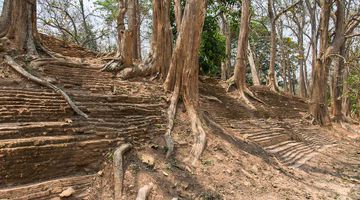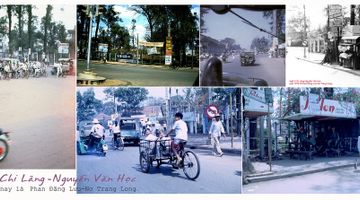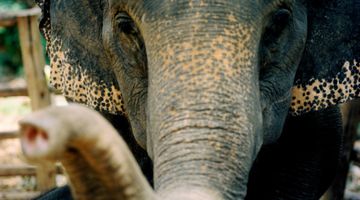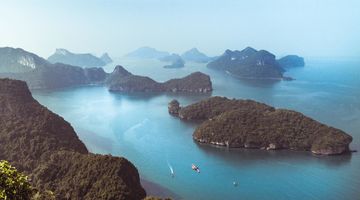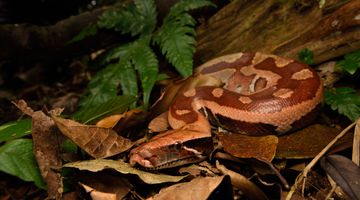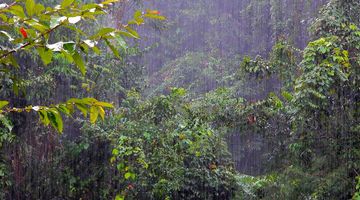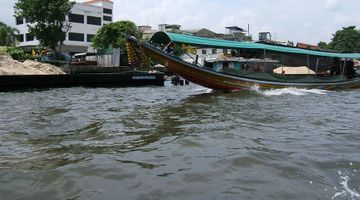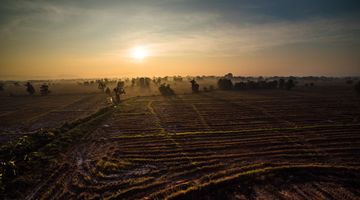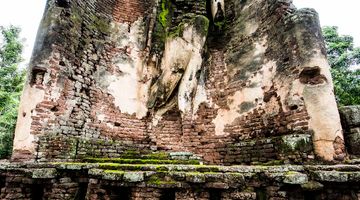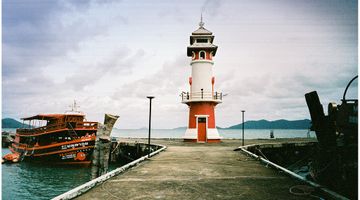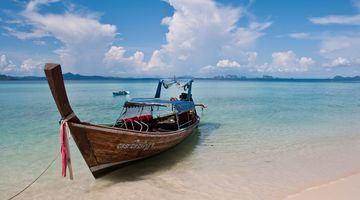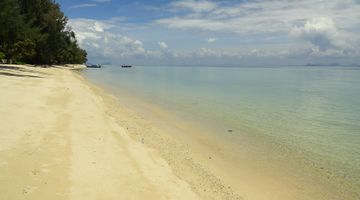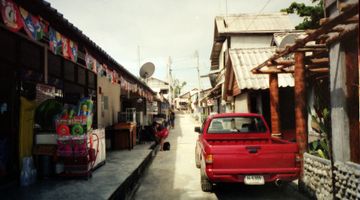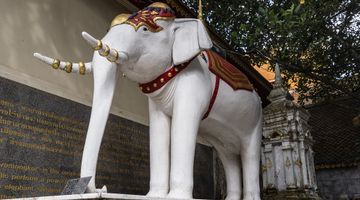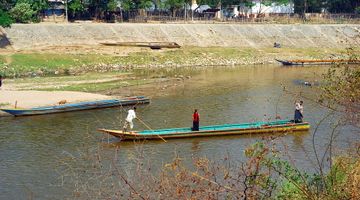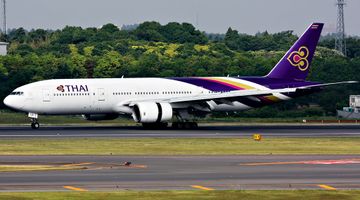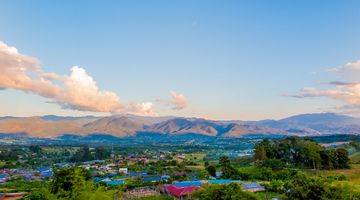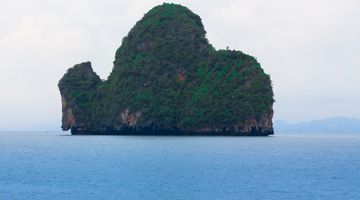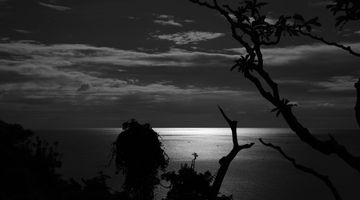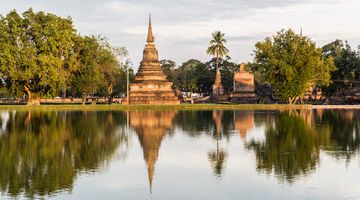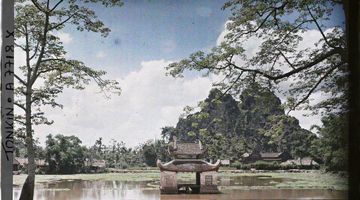Erawan National Park Travel Guide
In a nutshell
Located 200 km west of Bangkok in the province of Kanchanaburi, Erawan National Park is one of the most visited natural attractions in Thailand and for a really good reason.
Why go to Erawan
Its spectacular waterfall, which conprises 7 different levels with natural pools of crystal clear water is a great opportunity to bathe amid a breath-taking environment. As a bonus the waterfall is the natural habitat of thousands of fish that will give you a free spa treatment accurately taking care of dead skin on your feet – quite bizarre and weird at the beginning, the constant tickling of your toes becomes an unexpectedly pleasant experience once you relax and let the fish do their’job’.
Out of the 7 tiers, the last two are the most scenic and also the less crowded ones. Not many travellers choose to climb the whole length of the trek up to the top thinking they’ve seen enough after the first 3 or 4 pools. Don’t make the same mistake since the hike is not too challenging and the reward is a much more private experience.
The park is easily reachable from Kanchanaburi, the provincial capital, and is a perfect destination for any traveller, family with kids included. The trails are easy, well maintained and the facilities exceptional when compared to other national parks in Thailand. If the waterfall is not enough, a few spectacular caves can be visited, too, but you will need a private transportation to get there.
Opening hours and entrance fee
Erawan National park is open every day from 8.00am till 4.30pm. Park rangers start cleaning the waterfall from the 7th tier down at around 3.00pm and will ask people to leave the top levels at that time.
The entrance fee for foreigners is THB300 (THB200 for kids).
When to go to Erawan National Park
The park is open all year round but the best time to visit is during the rainy season (from June till September) and the months immediately after that.
During the dry season, especially in March and April, the water level could be really low and the waterfall is a lot less impressive. If in doubt, ask any travel agency in town and they will be able to tell you if a visit is still worth it or not.
Any time of the year try to avoid weekends and public holidays if you’re searching for a quieter experience.
If there is water, during Songkran in April all the waterfall area will become a huge water fight camp – it is just a different way to celebrate the Thai New Year.
Where to stay in Erawan National Park
If you want to spend more than one day inside the park, near the visitor centre you can get a double room in a wooden cabin with private bathroom for THB800. Larger bungalows are available for bigger groups with prices ranging from THB1200 to THB4000. All these can be booked through the DNP site or directly at the visitor centre.
You can use your own tent in the campsite for THB30, or you can rent one for THB150. Mats, sleeping bags and pillows can be rented as well if you need them.
Most o people will hit the park as a day trip from Kanchanaburi. Please refer to the dedicated article for the accommodation options in town.
Where to eat in Erawan National Park
Once you get to the car parking, a long line of shops, restaurants and food stalls make of Erawan one of the best organized national parks when it comes to food. Meat skewers, rice dishes, noodles, desserts, ice creams and refreshing fruit juices can be purchased at regular Thai prices and the quality is surprisingly good.
In addition the official restaurant at the visitor centre offers a pretty wide selection of Thai food with all dishes within the THB40/THB80 range.
Before you reach the trail which climbs the seven tiers of the waterfall there are a couple of coffee shops selling snacks and sandwiches if you need a bit of extra energy. Keep in mind that no food is allowed above the second level and park rangers will ask you to open your backpack to check. Bottles of water can be carried, but you’ll have to leave a deposit of THB20 for each bottle to ensure you won’t throw the bottles away. On your return, show the empty plastic bottle and get your deposit back.
How to get around Erawan National Park
If you’re planning to visit only the waterfall, your feet are everything you will need. From the visitor centre a flat 1 km trail will take you to the bottom level of the waterfall where you will start your way up to the 7th level which is 1,5 km far from the base.
If you’re searching for something a bit more challenging, a longer 5 km trail will take you from the visitor centre to the 5th level of the waterfall. There’s no other attractions in proximity of the main park entrance.
If you have your own car you can visit some of the beautiful caves in the area. Just drive around the park, but keep in mind that the caves are all scattered around, quite a way one from the other.
How to get to and from Erawan NP
There’s a regular bus (number 8170) leaving frequently Kanchanaburi bus station from 8.00am till 5.50pm. Unless you’re planning to spend the night in the park try to take one of the earliest departures since you’ll likely need at least 3 hours to get to the top tier without any rush. Keep in mind that the last bus back to Kanchanaburi departs at 4.00pm. The ticket is THB50 and the journey takes 1,5 hour.
If you prefer a private solution, stop one of the orange songthaews and negotiate the rate for a round trip; THB1000 with the driver waiting for you for at least 3 hours will be a good deal.
If you feel confident about riding a bike, several shops in town will rent one out for THB200. The drive is nice and easy, especially the final part along the river with a pleasant natural scenery all around you. Just follow route 3199 going northwest until you get to your destination.
The Erawan NP can be visited in one day even from Bangkok; a private taxi will cost you roughly THB3500, while several travel agencies will offer you tours to take you to other attractions in Kanchanaburi as well. If you choose this option, be ready to a very early wake up.
Is Erawan NP a safe place to visit?
Be careful while hiking in the rainy season. All the trails are well maintained but they still can be slippery when wet.
The access to the water might be a bit complicated in some of the pools; if in doubt, take a look at what Thais do.
The water is shallow almost everywhere, but in the bigger pools it gets deeper in the middle. If you cannot swim, stay close to the shores.
